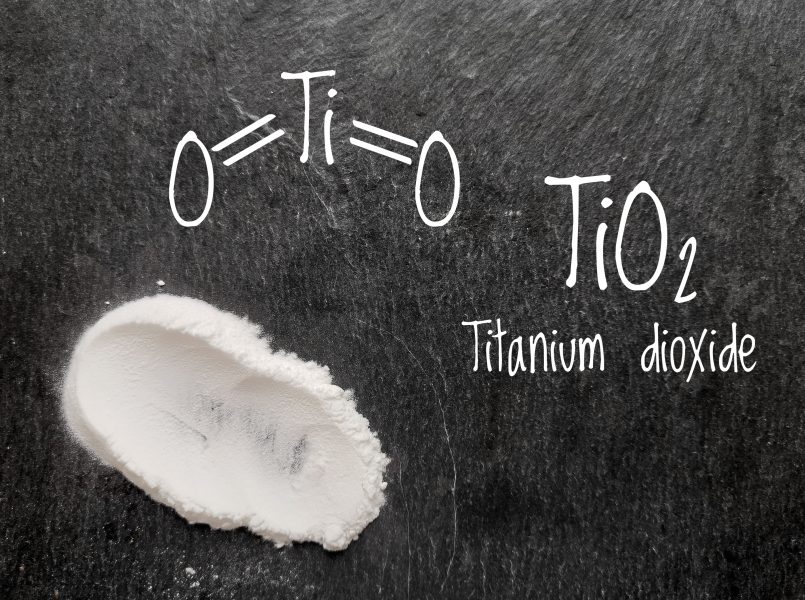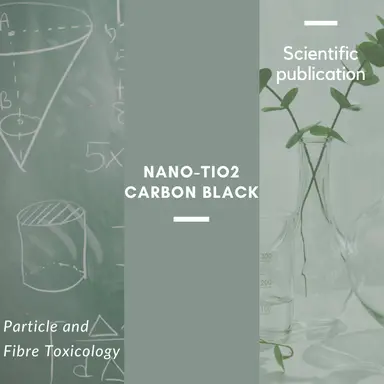Titanium dioxide, commonly known as TiO2, is a versatile compound that plays an essential role in many industrial and commercial applications. It is a naturally occurring oxide of titanium, recognized for its brilliant whiteness, high refractive index, and excellent chemical stability.
Primarily derived from the minerals rutile, anatase, and brookite, which exist in the earth’s crust. These minerals are extracted and then processed to produce the white, powdery substance we know as titanium dioxide.
Interestingly, each form of TiO2 differs in terms of its atomic arrangement. Rutile and anatase are the most commonly used forms, with rutile being the more stable variant. These variations in structural arrangement give rise to differences in the material properties and applications of the compound.

3. Applications of TiO2
The most significant use of TiO2 is in the paints and coatings industry. Its high refractive index (ability to bend and scatter light) and excellent light scattering capabilities make it an ideal white pigment. It provides opacity, brightness, and durability to paints, making colors appear more vibrant while also offering UV resistance. This UV resistance is particularly valuable in outdoor paints, helping to protect the underlying material from sunlight damage.
In the world of cosmetics, TiO2 is a true workhorse. Its ability to absorb and reflect harmful UV radiation makes it a crucial ingredient in sunscreens. Used in its ‘nano’ form, with the particles small enough to not leave a white cast on the skin. The FDA has deemed it safe for use in this context, providing critical protection against skin cancer.
Additionally, Used in a myriad of other cosmetics such as lipstick, foundation, and toothpaste, contributing to their brightness, opacity, and overall aesthetic appeal.
3.3. Food Additive
Also used as a food additive, known by the code E171. Used to provide whiteness and opacity to products like chewing gum, mayonnaise, and powdered sugar. However, it’s worth noting that the safety of TiO2 as a food additive has been questioned in recent years, leading to regulatory changes in some regions.
3.4. Photocatalysis and Solar Cells
Perhaps one of the most exciting applications of TiO2 is in the field of photocatalysis and solar energy generation. Particularly in anatase form, known for photocatalytic properties. Can be utilized for air and water purification systems, self-cleaning surfaces, and antibacterial coatings. When exposed to UV light, TiO2 can catalyze reactions that break down organic pollutants, offering a green solution to environmental cleaning.
Similarly, this photocatalytic property makes TiO2 an excellent candidate for use in solar cells. Specifically, Used in dye-sensitized solar cells. A type of thin-film solar cell that mimics photosynthesis.
With its wide range of applications and unique properties, TiO2 continues to be a topic of intense research. One thing is certain: as we continue to innovate, TiO2’s role in our world will only continue to expand.
From the paint on our walls to the sunscreen on our skin, TiO2 is a multifaceted compound with numerous applications. Its unique chemical and physical properties make it an indispensable part of many industries. And as research continues to push the boundaries of what’s possible, we can expect to see even more innovative uses for this versatile compound in the future.

